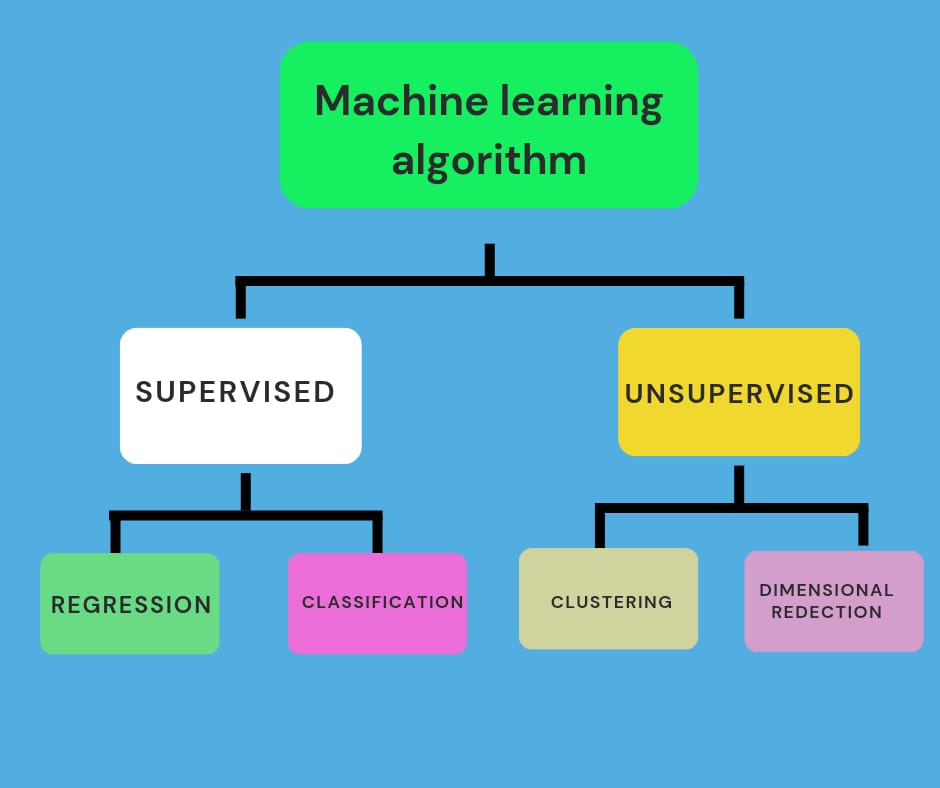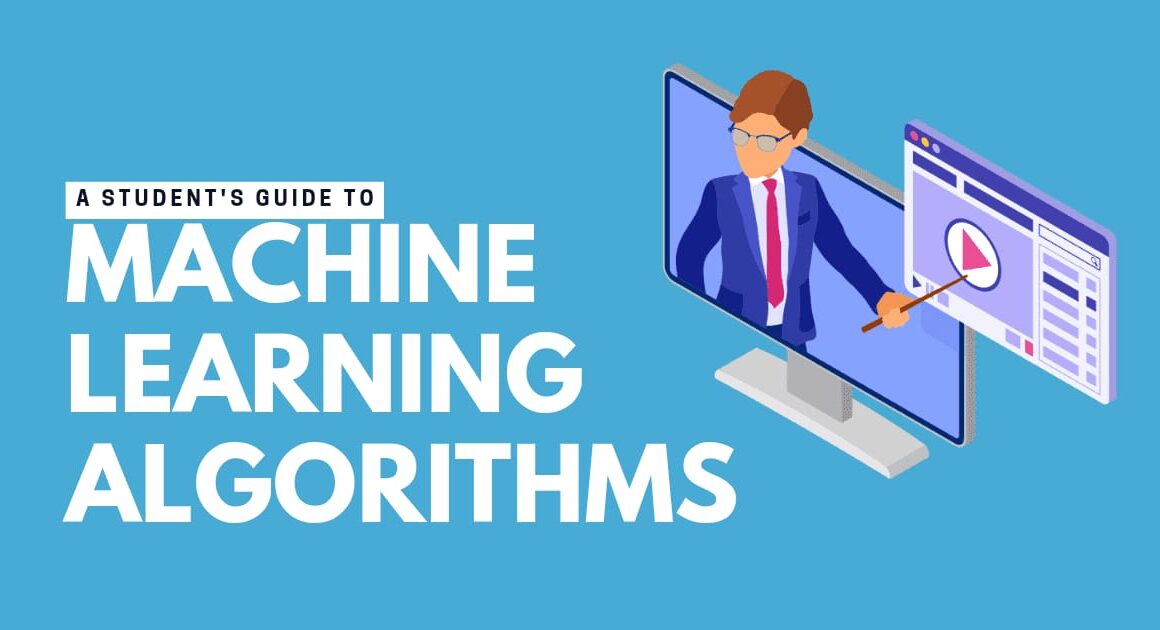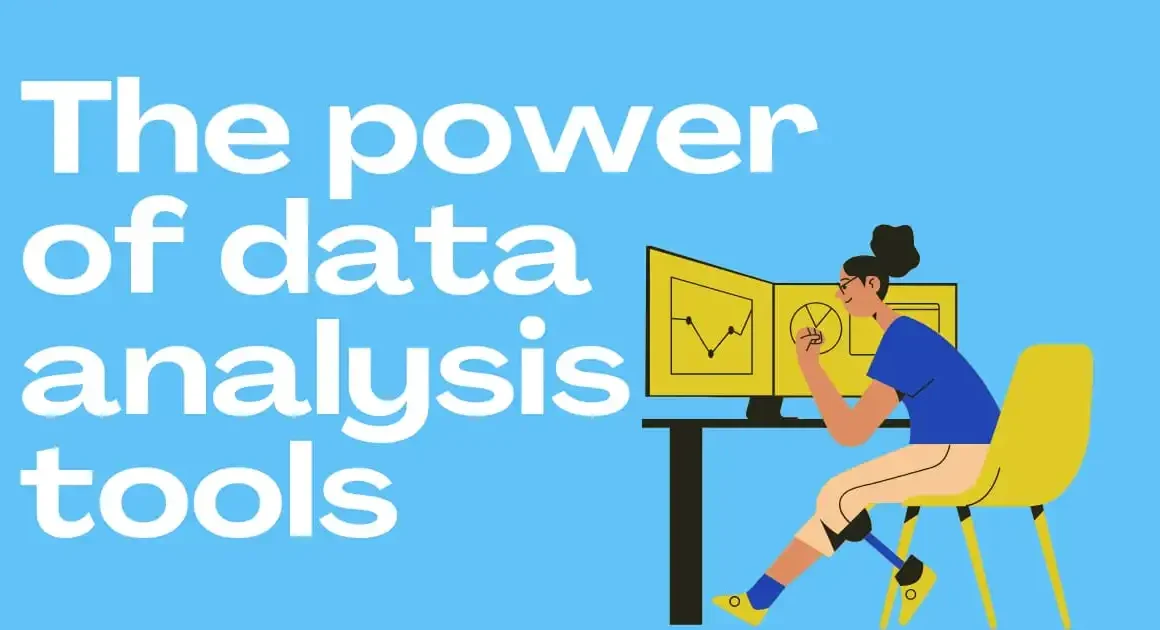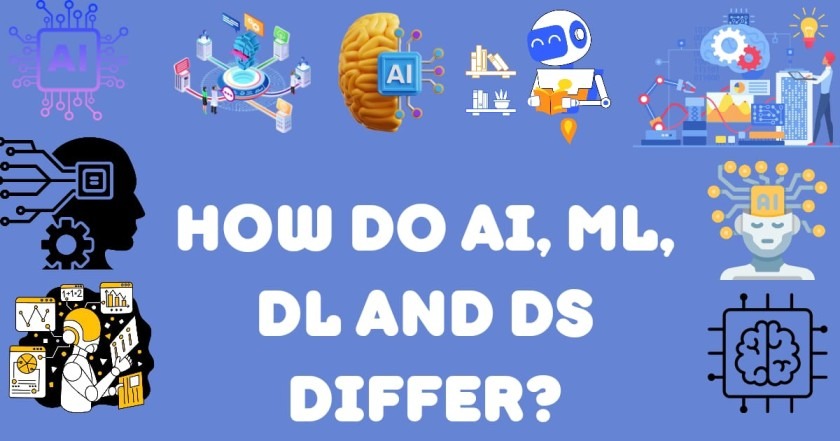Ever wonder why your phone knows what music you like or why Netflix suggests shows you’ll devour? It’s not magic, it’s machine learning! These special computer programs, called machine learning algorithms, learn from all the data you leave behind and use it to make your life smoother. Think of them as tiny, helpful robots hiding in your devices, constantly learning and making things better. Machine learning is no longer a buzzword confined to science fiction.
Here’s how they touch your daily life:
Shopping: Online stores use algorithms to recommend products you might love, based on what you’ve looked at before. No more endless scrolling, just instant “ooh, I gotta have that!” moments.
Entertainment: From suggesting the perfect song to recommending series show, algorithms are like your invisible friends, always ready to keep you entertained.
Communication: Ever used voice typing on your phone? That’s machine learning helping you turn spoken words into text, like a super-fast secretary taking notes for you.
Safety: Spam filters that keep your inbox clean and fraud detection systems that protect your money? Yep, those are algorithms on guard, keeping you safe in the digital world.
Health: Machine learning is helping doctors analyze scans and predict diseases early, giving you the best chance for a healthy life. It’s like having a super-powered doctor’s assistant working behind the scenes.
And these are just a few examples!
But what exactly are these algorithms? And how do they work their magic in our everyday lives? To understand this, we’ll explore the two main categories of machine learning: supervised learning and unsupervised learning.

Supervised Machine Learning Algorithms
This is like having a teacher. You show the computer lots of examples with answers (like pictures of cats and dogs, labeled “cat” or “dog”). Then, the computer learns to tell the difference on its own, even with new pictures it’s never seen before. They’re given examples with known answers and gradually uncover patterns to make predictions on new, unseen data. Think of email spam filters that differentiate between legitimate messages and junk mail—they’ve mastered this skill through supervised learning.
Again Supervised machine learning algorithms can be classified into two. They are
- Regression
- Classification
Regression
Regression is a type of supervised machine learning algorithm that predicts a continuous output variable based on input features. In other words, it models the relationship between independent variables and a dependent variable, allowing for the prediction of numerical values. The primary goal of regression is to establish a mathematical relationship that best fits the data, enabling accurate predictions of the target variable for new, unseen data points.
Example: Predicting house prices based on features such as square footage, number of bedrooms, and location. The output is a continuous value representing the predicted price.
Classification
Classification is another form of supervised learning that deals with predicting discrete output categories or classes. The algorithm assigns input data to predefined categories based on the learned patterns from the training dataset. The primary objective of classification is to learn a decision boundary that separates different classes, allowing the algorithm to accurately categorize new instances.
Example: Classifying emails as spam or non-spam based on features such as email content, sender, and subject. The output is a discrete label indicating the category.
Supervised Machine Learning Algorithms:
- Linear Regression
- Logistic Regression
- Support Vector Regression
- Decision Tree Regression
- Ridge and Lasso Regression
- Adaboost
- Random Forest
- Gradient boosting
- Xg boost
- Naive Bias
- KNN
Unsupervised Machine Learning Algorithm
This is like exploring a jungle on your own. The computer gets a bunch of data without any labels, like a pile of clothes from all over the world. It has to figure out how to group things together based on what they look like, maybe putting all the shirts together. This helps understand hidden patterns in data, like finding groups of customers who shop the same way.
Here are some key characteristics of unsupervised learning:
- No Labels: The data fed to the algorithms is “raw” and uncategorized.
- Pattern Discovery: The goal is to identify inherent patterns, groups, or clusters within the data. Imagine sorting a large collection of clothes based on color, fabric, or style, without any prior sorting instructions.
- Dimensionality Reduction: Unsupervised learning can also help simplify complex data by reducing its dimensionality. It make easier to visualize and analyze. Think of compressing a large map into a manageable size while preserving key landmarks.
So, mainly Unsupervised ML algorithms are of two types.
- Clustering
- Dimensionality Reduction
Clustering
Clustering is a type of unsupervised machine learning algorithm that groups similar data points together based on inherent patterns or similarities in the input features. The objective is to discover natural groupings within the data without any predefined labels. The data points within the same cluster share more similarities with each other than with those in other clusters. It helps identify hidden structures or patterns within the data.
Dimensionality Reduction
By this technique, reduce the number of input features while preserving essential information. It aims to simplify the dataset, eliminate redundant or irrelevant features, and enhance computational efficiency. By reducing the number of features, it becomes easier to analyze, visualize, and model the data.
Both clustering and dimensionality reduction play crucial roles in uncovering patterns and simplifying the analysis of unlabeled datasets, contributing to a deeper understanding of complex data structures.
Unsupervised Machine Learning Algorithms
- k-means Clustering
- DBSCAN
- Hierarchical Clustering
- Principal component analysis
So, even though these algorithms sound complicated, they’re just like super smart robots learning from all the information around them. And the more we understand how they work, the more amazing things we can do with them in the future!
Remember, machine learning is all about letting computers learn, just like you and me! It’s a whole new way for people and technology to work together, making the world a little bit smarter, one clever algorithm at a time.




